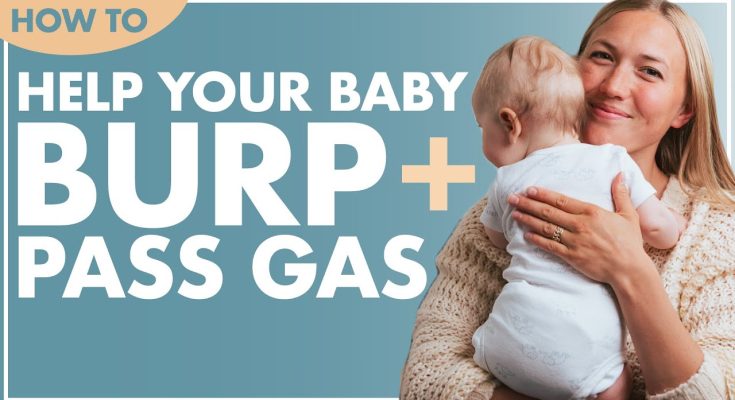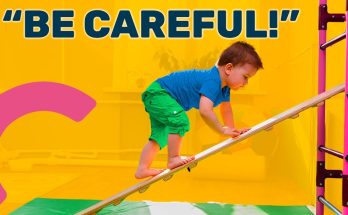Burping your newborn and relieving gas are essential skills that can help make your baby more comfortable and reduce fussiness. As a first-time mom, understanding the right techniques can make a big difference in your baby’s digestion and overall well-being. Here’s everything you need to know about burping and relieving gas in infants.
Why Burping Is Important
Newborns swallow air while feeding, whether breastfed or bottle-fed. If this air isn’t released, it can cause discomfort, gas, and even colic-like symptoms. Burping helps remove trapped air, reducing spit-up, fussiness, and bloating.
When to Burp Your Baby
You should burp your baby:
- After every feeding session
- Mid-feeding if they seem fussy or uncomfortable
- If they are bottle-fed, every 2-3 ounces
- If they pull away from the breast but still seem hungry
Effective Burping Techniques
There are several methods to burp a baby. Experiment with different positions to see which works best for your newborn.
1. Over-the-Shoulder Burping
- Hold your baby upright with their chin resting on your shoulder.
- Support their bottom with one hand while gently patting or rubbing their back with the other.
- Ensure their stomach has some pressure against your shoulder to help release gas.
2. Sitting on Your Lap
- Sit your baby upright on your lap, supporting their chest and chin with one hand.
- Lean them slightly forward while gently patting their back with your other hand.
- This method works well for babies who need extra head support.
3. Lying Across Your Lap
- Lay your baby face-down across your lap, with their head slightly raised and turned to one side.
- Gently rub or pat their back to release trapped air.
- Make sure their head is well-supported to prevent any strain.
Signs Your Baby Needs to Burp
- Squirming or arching their back during or after feeding
- Clenching fists or showing signs of discomfort
- Spitting up frequently
- Hiccupping excessively
- Crying right after feeding
How to Relieve Gas in Infants
If your baby seems extra fussy and has trouble passing gas, these techniques can help:
1. Bicycle Leg Exercise
- Lay your baby on their back and gently move their legs in a bicycling motion.
- This helps stimulate their digestive system and release trapped gas.
2. Tummy Time
- Placing your baby on their tummy can put gentle pressure on their stomach and help them pass gas.
- Always supervise tummy time to ensure safety.
3. Warm Bath and Gentle Belly Massage
- A warm bath can relax your baby’s muscles and ease gas discomfort.
- After a bath, gently massage their tummy in a circular motion to encourage gas movement.
4. Try Different Feeding Techniques
- If bottle-feeding, ensure the nipple flow is appropriate for your baby’s age to prevent excessive air swallowing.
- If breastfeeding, ensure a good latch so your baby doesn’t take in extra air.
What If Your Baby Won’t Burp?
Sometimes, babies don’t need to burp after every feeding. If your baby seems comfortable and isn’t showing signs of gas discomfort, they may not need to burp. However, if they appear fussy, try changing positions or using different burping techniques.
When to Seek Medical Advice
While gas is normal, excessive fussiness, persistent vomiting, or signs of severe discomfort could indicate an underlying issue. Contact your pediatrician if:
- Your baby seems extremely uncomfortable after every feeding.
- They have excessive gas and bloating that doesn’t improve.
- They aren’t gaining weight as expected.
Final Thoughts
Burping and relieving gas in newborns is an essential part of keeping them comfortable and happy. By using the right techniques and being attentive to your baby’s cues, you can help them feel better and enjoy more peaceful feedings. Every baby is different, so be patient and experiment with different methods until you find what works best for your little one.



